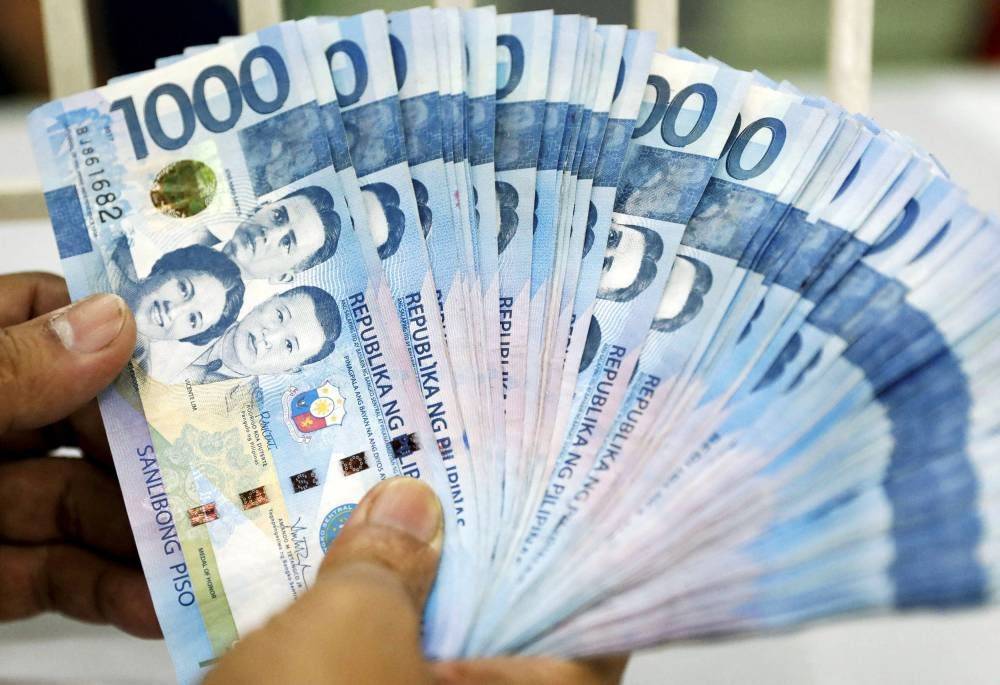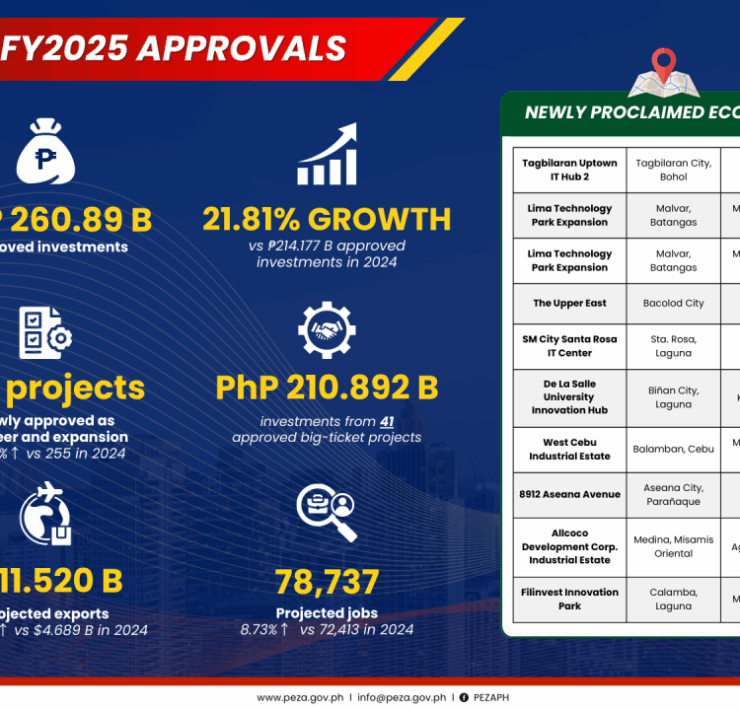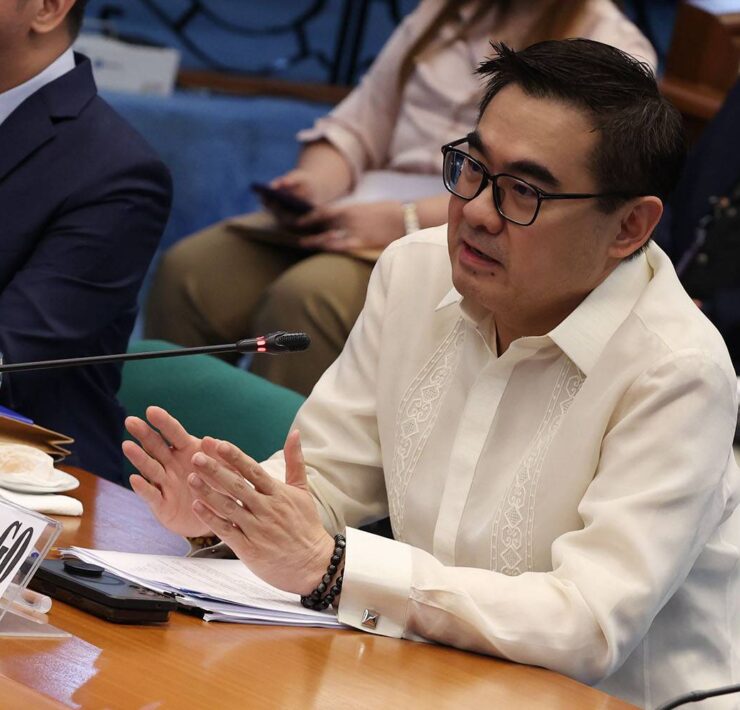‘Less resilient’ peso, price risks seen curbing forceful BSP cuts

It would be more appropriate for the Bangko Sentral ng Pilipinas (BSP) to proceed with “caution” as it cuts the policy rate, analysts said with a warning against aggressive easing actions that could weigh on the peso and upset inflation expectations if major supply shocks hit.
While the BSP has enough room to further trim borrowing costs, Emilio Neri Jr., lead economist at Bank of the Philippine Islands (BPI), believes that being aggressive “might not be prudent” amid recent volatility in the markets and persistent upside risks to inflation.
At present, the peso is trading at the 57-level against the US dollar—from 55.8 a few weeks ago—as markets now see narrowing chances of another jumbo rate cut by the US Federal Reserve.
Neri said the peso is “less resilient to external risks” now amid a bloated import bill that’s driving dollar outflows, a condition that might also limit the peso’s appreciation later this year compared to other emerging market currencies.
Meanwhile, tensions in the Middle East were driving up global oil prices, which can hit net oil importers like the Philippines. At the same time, the BPI economist flagged extreme weather disturbances that can cause food supply problems.
”The country’s external position is not as strong as before, making the Peso less resilient to external risks and developments, which could spill over into domestic inflation,” Neri said.
”Moreover, the outlook for inflation can change quickly given the current global environment and the domestic supply shocks that can easily materialize. A cautious approach to rate cuts might be needed in order to offset these risks and ensure stability in the markets,” he added.
The BSP last Wednesday cut the policy interest rate by a quarter point again to 6 percent, with Governor Eli Remolona Jr. dropping clear hints of additional easing moves this year and in 2025 while aiming for a “measured” shift to a less restrictive monetary policy.
Remolona said a 25-basis point (bp) cut at the Dec. 19 meeting of the MB is “possible.” But he said an outsized half-point reduction is “unlikely” to happen. Overall, the BSP chief did not rule out the possibility of additional cuts cumulatively worth 100 bps in 2025, although he believed this action “would be somewhat on the dovish side.”
Slightly hawkish
As it is, the central bank is mindful of the threats to its inflation outlook.
The “risk-adjusted” inflation forecast of the BSP for 2024 is now at 3.1 percent, better than the previous projection of 3.3 percent and well within the central bank’s 2 to 4 percent target range.
But the BSP slightly raised its risk-adjusted inflation forecast to 3.3 and 3.7 percent for 2025 and 2026, respectively, to account for potential increase in electricity rates and higher minimum wages in areas outside of Metro Manila.
Ultimately, the central bank admitted that the balance of risks to the outlook for next year and in 2026 ”shifted toward the upside” despite the benefits from lower tariffs on rice and India’s lifting of its export ban on the commodity. Aris Dacanay, economist at HSBC Global Research, said the BSP sounded “slightly hawkish” here.
”According to the Governor, the BSP will likely keep a measured and gradual approach to monetary easing, which we think implies that the BSP will continue to cut in 25-bp increments,” Dacanay said.
But despite the risks, Harry Chambers, assistant economist at Capital Economics, agreed with the BSP that inflation would nevertheless stay within the target band.
”Falling food price inflation and slower growth should keep a lid on inflation,” Chambers said. “Further gradual loosening lies in store in the coming quarters.”





















